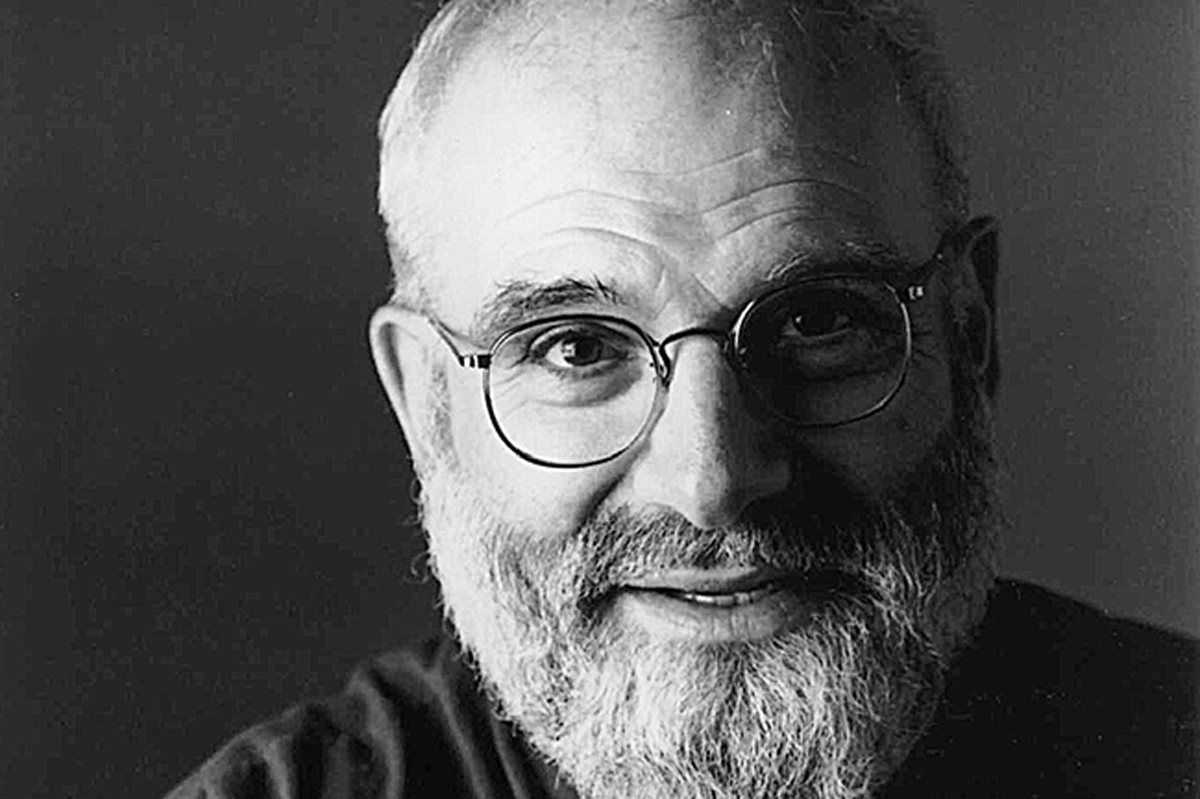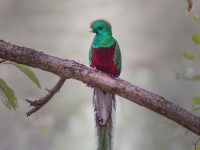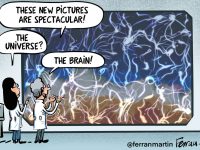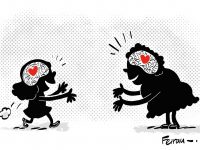
The disappearance of Oliver Sacks on 30 August 2015 marked the end of an era. His final farewell represented the loss of a great figure, an immensely influential voice truncated. The lament for the passing away of the poet neurologist was unanimous and sincere all over the world. From every editorial, popular or elitist, his fruitful walk along the boundary between clinical knowledge and poetic narrative was saluted. Many thought there was an oversight by the Swedish Academy: he deserved the Nobel Prize and Stockholm did not react in time. Sacks was a milestone in what is now called «neuroculture»: an ingenious artisan who created passionate narratives mixing humanistic and scientific knowledge that explored the subtleties and enigmas of thought. His mark will endure.
«Sacks was a milestone in what is now called “neuroculture”»
The farewell article in the New York Times read «so many of the qualities that made Oliver Sacks such a brilliant writer are the same qualities that made him an ideal doctor: keen powers of observation and a devotion to detail, deep reservoirs of sympathy, and an intuitive understanding of the fathomless mysteries of the human brain and the intricate connections between the body and the mind». The writer described him as «an ardent humanist, and whether he was writing about his patients, or his love of chemistry or the power of music, he leapfrogged among disciplines, shedding light on the strange and wonderful interconnectedness of life — the connections between science and art, physiology and psychology, the beauty and economy of the natural world and the magic of the human imagination».
That was Sacks: a prolific and seductive writer-doctor. A storytelling neurologist. A powerful reminder of the ancient tradition of tales based on clinical curiosities or exceptionalities of ingenuity which he managed to turn into affectionate chronicles, absorbing and full of intuitive, often inspiring, sparks. Countless neuropsychiatrists and neurobiologists have confessed that they found in his tales a motivator for their careers in mental clinical practice or brain research. However, Sacks was not a profound essayist on the vibrant field of neuroscience thinking, nor a pioneering researcher, yet those two additional honours have usually been attributed to him.
Many researchers have contributed relevant neuroscience-based philosophical essays in our time: Edelman, Dehaene, Pfaff, Damasio, Pinker, Churchland, Searle, Crick, Dennet, Le Doux, Koch, Llinás, Gazzaniga, Fuster, Changeux, Kandel, Ramachandran, Frith, Fehr, Kahneman, Greene, Thagard and others. Sacks did not participate in this fertile field, despite leading, by far, the list of the best-selling neuroculture books. He cultivated the writing of medical history with dozens and dozens of tales about a multitude of patients whose symptoms are mysterious and unbelievable, in which he delves in the immense and ever-changing reservoir of the anomalies and singularities of the human mind. He stood out as a chronicler and a follower of the solid tradition of clinical neurology, with noteworthy practitioners mainly in the nineteenth century, to which his most revered master, Alexander Luria, made decisive contributions. But, while Luria wrote detailed descriptions and followed exceptional cases systematically to turn them into fruitful research, Sacks usually preferred a mosaic. He subscribed to the kaleidoscopic multiplicity of the short story, to the trickle of slices of life in the world fair of neural clinic, from his trench as physician and the position of his friends and medical publications. Some novels by Ian McEwen (Enduring Love, Saturday) may fit this pioneering research tradition as dissemination sources, a vibrant yet hoarding cumulation which Sacks used to teach and entertain.
«Sacks cultivated the writing of medical history with dozens and dozens of tales about a multitude of patients whose symptoms are mysterious and unbelievable»
The most important clinical medicine journals still publish, judiciously, the description of unique and singular cases as a tool for educational challenge. They are spontaneous anomalies, «experiments» of nature, strange pathways for wayward biology. This is Sacks territory: his favourite shortcut to the most remote corners of the mind. It is also a shortcut for traditional neurology. Reminds of the firm educational value and the perpetual source of news that clinical practice will always provide. The frontiers of research, the lines of groundbreaking and decisive advance on the twists of the brain and the properties of thought and feeling are, however, elsewhere: in many laboratories, where nature is subjected ordinarily to restrictive conditions so we do not need to wait for its whims, exceptionalities and accidents. That is why Sacks, who cultivated the perennial charm of clinical singularity, did not meddle much on the fringe of his field. Sometimes, he offered precise and brief comments to dress and round up his cases, bringing him closer to the work of naturalists. To the careful and detailed description of specimens that will always be a source of awe because of the abundance, variety and sophistication of registries. Indeed, he admired the naturalists and proclaimed their everlasting goodness in their hunt for knowledge about the human brain. Observation and meticulous record, the tireless detection of symptomatic specificities in motor, sensory, cognitive and affective phenomena: That was his world. The first step, compulsory, in fact, towards fixing wisdom. Maybe the most tempting and tantalising also for chroniclers. The demanding frontier and the meandering and often strenous gaps in substantious progress are still far, however.





